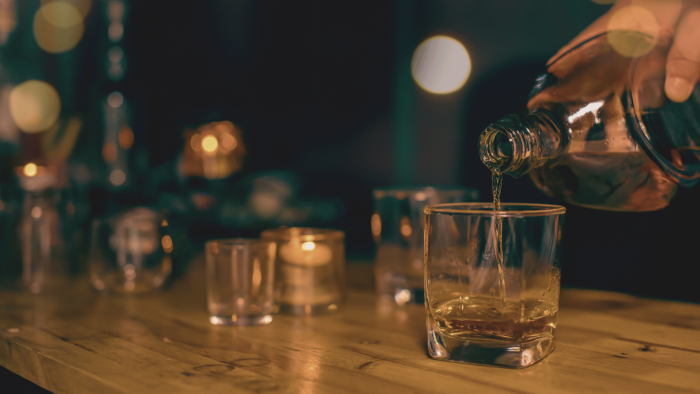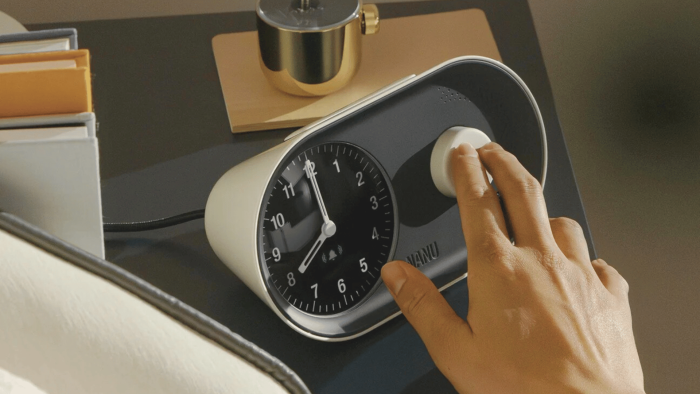With Quentin Tarantino’s new movie, The Hateful Eight, slated to conquer the box office next week, there’s a lot of buzz about this whole “70mm film” thing. And with all the hubbub, everyone seems to be asking the same question: What’s the big deal?
Well, everyone is an idiot.
The deal is huge, and for a multitude of reasons (aside from Tarantino’s penchant for incredible screenwriting and producing, of course):
Bigger is better
When it comes to film—as with most things in life—bigger really is better. Typical movies are shot on 35mm film and projected digitally onto standard screens. It’s not bad, and going to the movies definitely kicks the crap out of any kind of viewing that can be done at home.
That said, 70mm is exactly what you’d guess it is. It captures and projects images twice as large as standard 35mm movie film. And yes, that means you get to see an image that’s twice as large as what you’re used to. The frame is super, super wide, and offers an incredible and truly unique viewing experience.
Higher Resolution
Did you know that even the most technologically advanced professional digital cameras today can’t compare in quality and resolution to the medium and large format film cameras of yesterday? No matter how hard the folks at Canon or Nikon or Leica or everybody else try, they simply can’t replicate what analog film looks like. And that’s exactly what viewers of a true 70mm film can expect. Crystal clear imaging and impeccable viewing quality, unlike anything they’ve ever seen before.
A Wider Color Spectrum
This header is just a tad misleading, as the color spectrum is the color spectrum, no matter where or how it’s displayed. But that’s not to say that the colors captured by 70mm aren’t more vivid, clear, or lifelike than what most moviegoers normally experience in the theater. The best comparison to draw here is probably the relationship between file compression and sound quality. When a music file is bigger and is given a little room to “breathe,” it sounds a hell of a lot better than a low-compression, stifled piece of audiotrash. We’re not saying standard 35mm is low-compression “audiotrash,” but the difference in color quality and image rendering is absolutely, unequivocally noticeable.
Analog, Baby
Allow us to geek the f*ck out for one second, here. There’s really something to be said for 70mm projection, especially when it comes to The Hateful Eight. Classic IMAX theaters projected film in 70mm, and while they, too, offered truly epic productions, even they were not quite as exciting as The Hateful Eight. At the end of the day, they were still digitally projected onto a screen, just like standard 35mm.
Only 100 theaters in the entire country will have the equipment needed to play the film, but you can bet your ass that every single one of those theaters is locked and loaded to project true 70mm—all glorious 24 frames per second—through an actual film projector, right before your very eyes. And hot damn, that’s exciting!
As Close As You’re Ever Going To Get
In a recent interview with Late Show host Stephen Colbert, Tarantino remarked that he has never seen a movie where he didn’t immediately know it wasn’t a movie; there was never a time in his life where anything on the screen in front of him felt a little too real. While that’s a pretty fair sentiment for most people, one could certainly argue that a true-blue 70mm projection is about as “real” as you’re ever going to get. Will you ever find yourself in a turn-of-the-century stagecoach stopover during a blizzard with the likes of Kurt Russel, Samuel L. Jackson, Tim Roth, or Channing Tatum? We’d be willing to bet not. But, with 70mm, you’ll practically feel the hot breath on your face, and stink of stale blood and horseshit in your nostrils.
And really, what more could you ask for?




